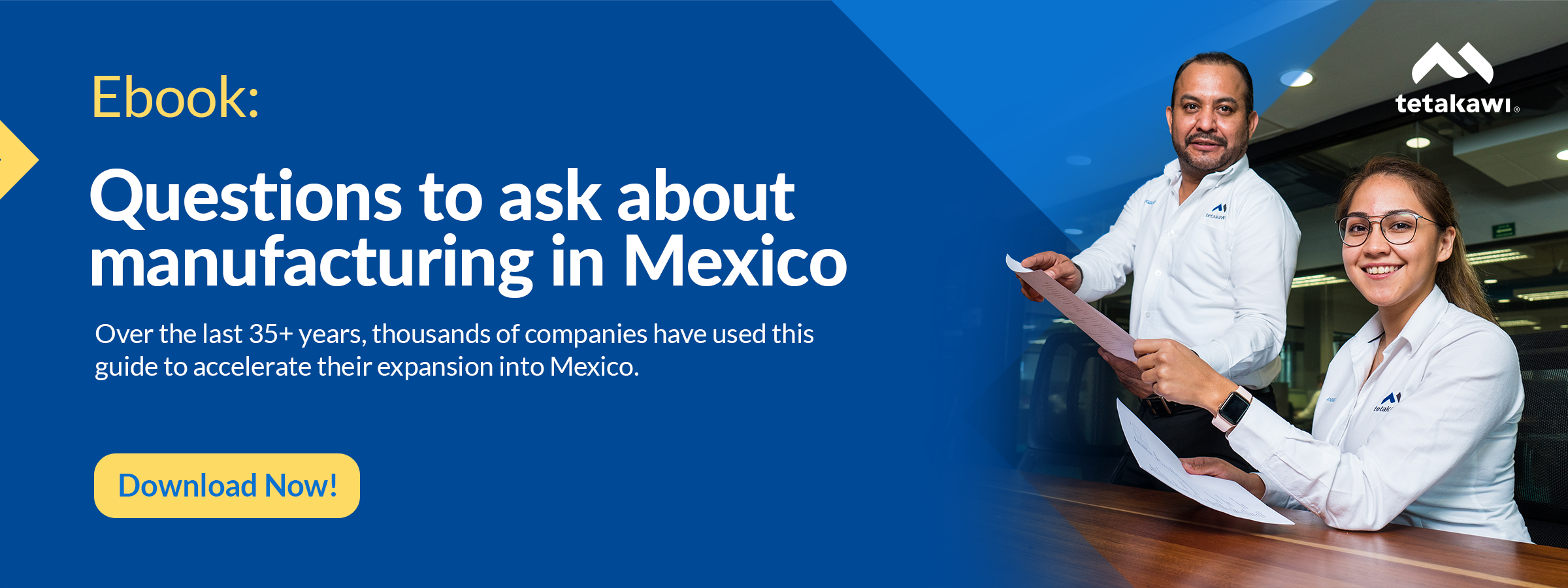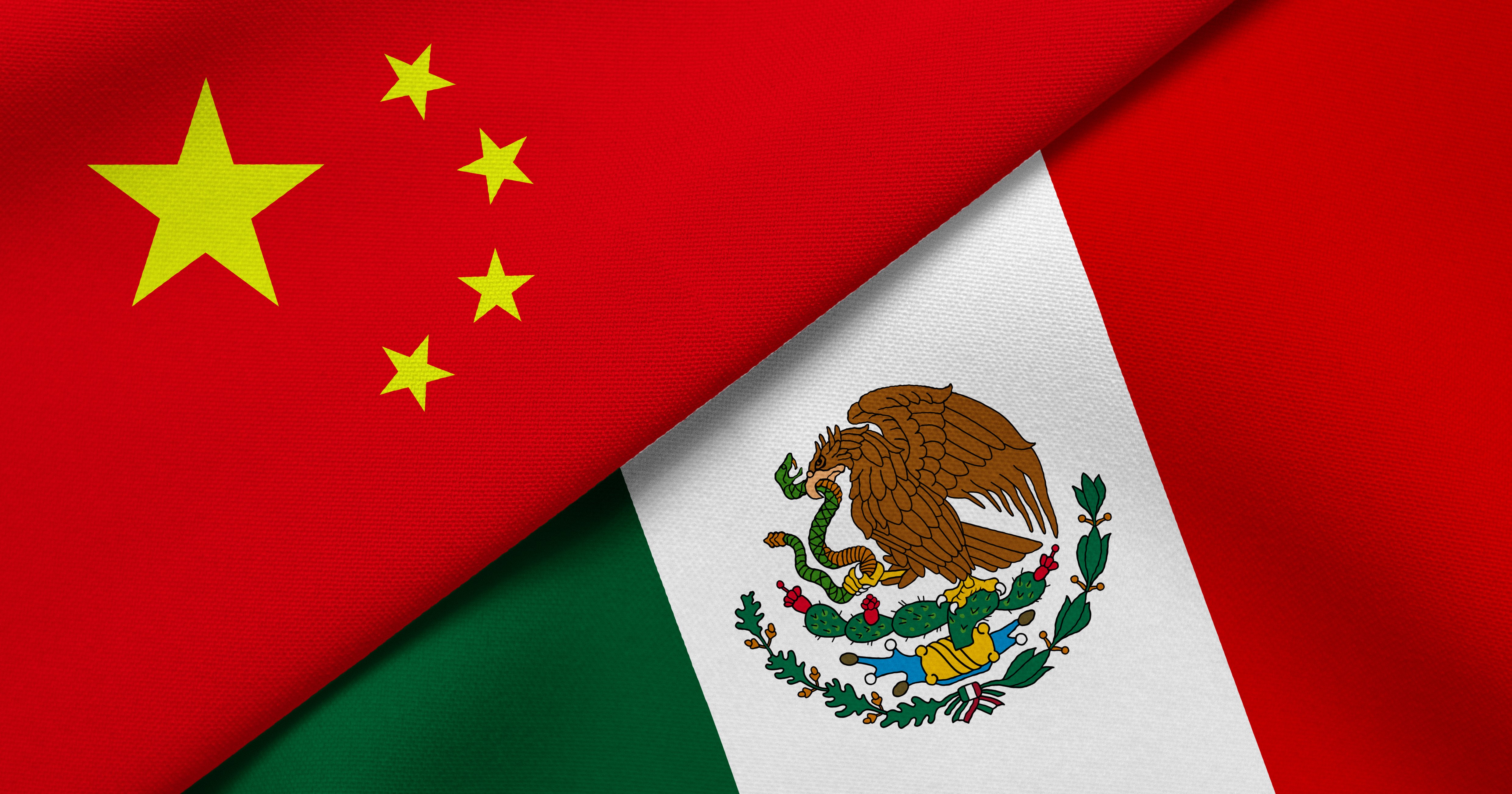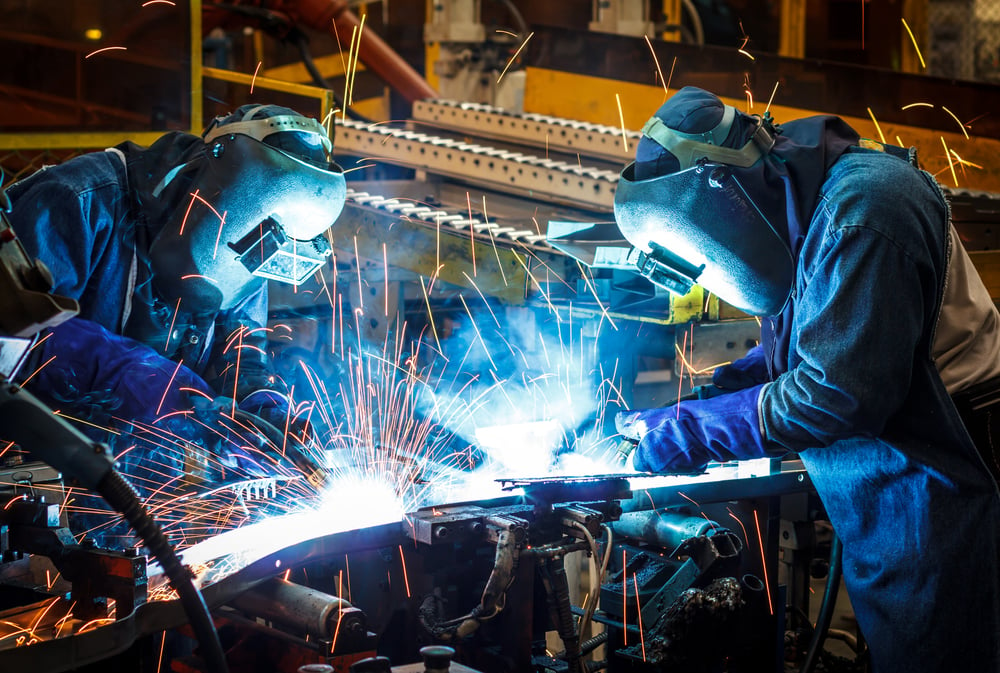The offshore labor market has long been a cornerstone of global manufacturing strategies, offering companies the promise of reduced costs and enhanced competitiveness. However, recent disruptions in global supply chains have prompted a reevaluation of the true value of offshore manufacturing.
As companies grapple with the complexities of offshore operations, it becomes imperative to scrutinize the trade-offs involved and strive for a more balanced approach. This article delves into the nuances of low-cost manufacturing, shedding light on the multifaceted considerations that shape decision-making in today's dynamic business landscape.
By exploring the intricacies of offshore labor markets and highlighting key factors such as currency differentials, regulatory environments, and supply chain logistics, we aim to provide valuable insights to help companies navigate the evolving manufacturing landscape with greater clarity and confidence.
What is low-cost manufacturing?
Low-cost manufacturing is a strategy for reducing as many costs involved in the production of goods as possible. This includes lower costs for raw materials, labor, inventory, production, transportation of goods, and any other production costs. This equation helps lower the overall cost of goods, providing manufacturers with a more competitive edge. The trick, of course, is to find the right balance on the “time, cost, quality triangle” to meet your and your customers’ expectations.
The unattainable triangle, as it’s called in marketing, highlights the fact that a product can be fast, cheap, or good, but never all three. Somewhere, something has to give. As a result, any exploration of low-cost manufacturing has to consider the risks of going with the lowest possible cost.
Total costs to consider when moving manufacturing
Determining an offshore manufacturing strategy can be risky without the right financial information. While the best strategy is, to begin with a cost estimation exercise. When conducting one, manufacturers should factor in a few of the following costs:
- Start-up: This includes everything from permitting and other regulatory requirements to the construction or lease of a suitable facility and ease of finding equipment. In Mexico, some of these costs can be balanced by working with a shelter service provider who can help speed the time to launch by providing solutions for each of these areas.
- Raw materials: Locating near your suppliers can be a major cost-saving factor. Mexico’s industrial clusters have grown partly in response to this. Manufacturers also benefit from the IMMEX program’s incentive, which allows registered companies, or foreign companies operating under a shelter provider, to temporarily import materials and goods without paying the 16% VAT.
- Labor: This cost is often the one to first attract manufacturers, but low wages alone can be deceptive. After all, the risk of relying on low wages is high levels of turnover, which itself can be costly as manufacturers must bring new staff up to speed. It’s also important to factor in the costs of benefits, training, and other investments. Big picture, companies should also think about the stability of demographics in the area in which they’re targeting. If your talent pool shrinks in the future, your costs are likely to increase.
- Quality control: Regular facility visits can help manufacturers maintain consistent quality control at each location. For North American manufacturers, the ease and cost of traveling to Mexico for regular visits can be fairly economical.
- Transportation of goods: While shipping is likely to be the biggest part of this cost, it’s important to factor in customs costs, duties, and warehousing near your destination, among other factors. Operating in a country like Mexico, which has free trade agreements that reduce duties with more than 50 countries worldwide, can help.
Balancing low cost with other manufacturing priorities
Knowing that the biggest risks of low-cost manufacturing include sacrifices on quality or speed, manufacturers can create a Mexican manufacturing strategy that better balances all priorities.
To combat the risks of low-cost manufacturing, manufacturers must:
- Prioritize product quality: Unlike the outsourced manufacturing model popular in China and many Southeast Asia countries, manufacturers can retain complete operational control in Mexico under the shelter service model. As a maquiladora, manufacturers are responsible for every aspect of manufacturing but are able to offload much of the risk that comes with operating in a foreign country. That’s because registered shelter companies serve as the legal entity of record, responsible for all regulatory requirements.
So, if your product quality is satisfactory in your home country, there’s no reason that has to change in Mexico. With a well-thought-out training plan — and hiring support from your shelter service partner — you can expect quality from your production team.
There is another quality aspect to consider, however. If you’re producing a quality product, how safe is the intellectual property behind your product? In recent years, Mexico has strengthened and expanded its IP protections to best protect innovators in an evolving business environment.
- Leverage solutions to boost production speed: Automation is becoming increasingly more tenable, even for small manufacturing operations. Moreover, smart factories are gaining ground in Mexico, allowing manufacturers to leverage the power of sensors and Internet of Things connectivity, advanced manufacturing techniques, and other novel strategies to further speed up production processes. Smart factory solutions provide a further advantage in that it’s suddenly become possible to rapidly produce even the personalized solutions that are becoming in greater demand.
- Take steps to speed delivery: This is an area where Mexico has a clear advantage. Its location has always been a tremendous asset due to its shared border with the world’s largest consumer. In addition to the easy highway and rail connectivity, Mexico is also home to several deep-sea ports and international airports that further connect it to the world.
The delivery speed capability that this location affords manufacturers is a tremendous advantage in further lowering costs. Less distance traveled equates to lower shipping costs, after all. However, manufacturers are finding that the ability to warehouse goods in border locations makes it easy to provide just-in-time delivery, which is increasingly in demand due to e-commerce. And, thanks to the de minimis provisions set by Section 321 of the U.S. Code of Federal Regulations – which allows exporters to send shipments with an $800 minimum value into the United States duty-free – these companies can save significantly in the process.
While each manufacturer will face unique challenges in the process of moving manufacturing, careful planning can help mitigate potential risks. This is where it pays to work with an experienced advisor who can rapidly guide you through complex decision-making.
Tetakawi has been navigating the complexities of launching manufacturing in Mexico for nearly forty years. If you’re ready to create a strategy for a cost-effective and well-balanced approach to manufacturing in Mexico, Tetakawi can help. Reach out to discuss your options today.
Subscribe
Sign up and stay informed with tips, updates, and best practices for manufacturing in Mexico.






